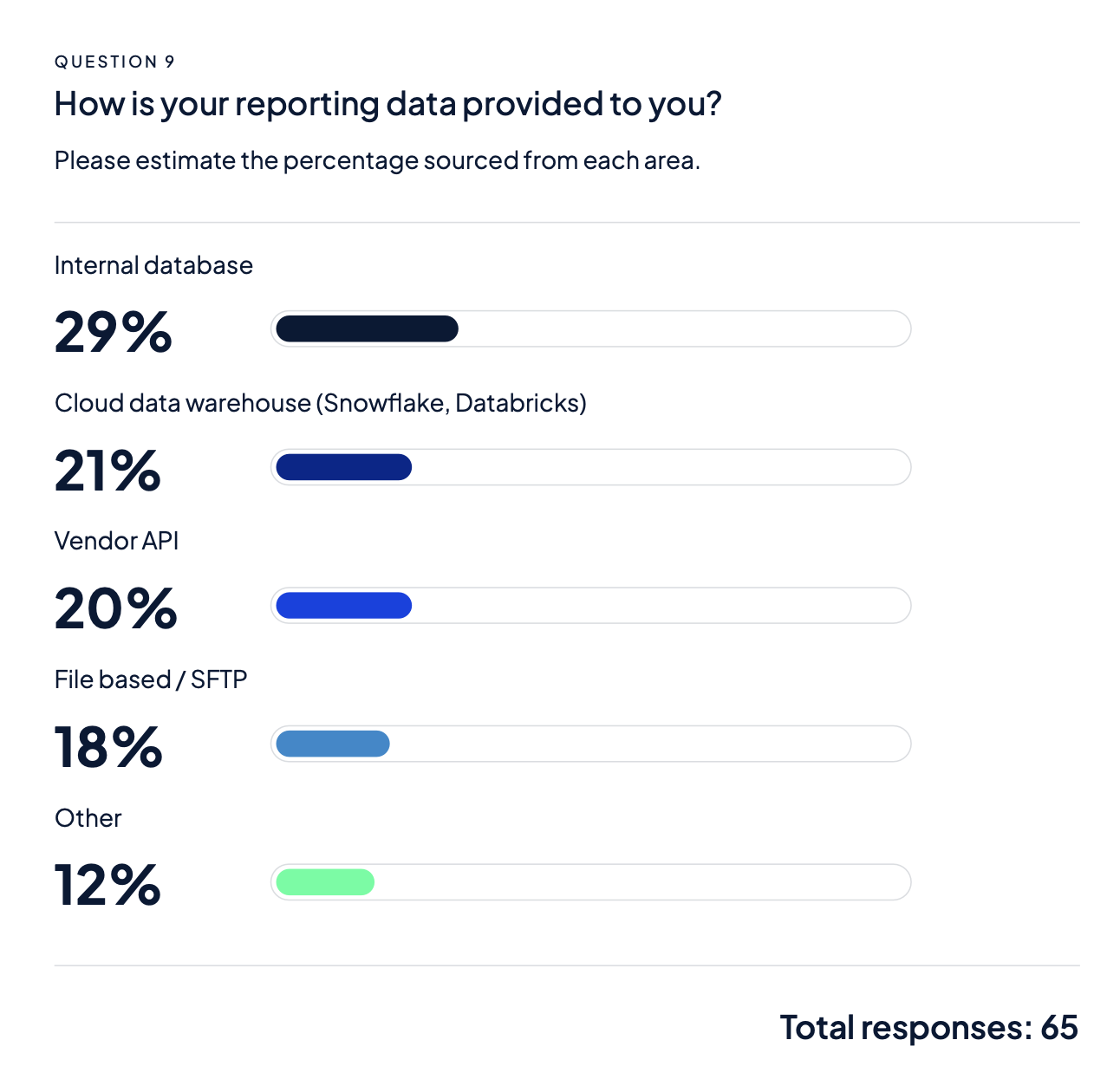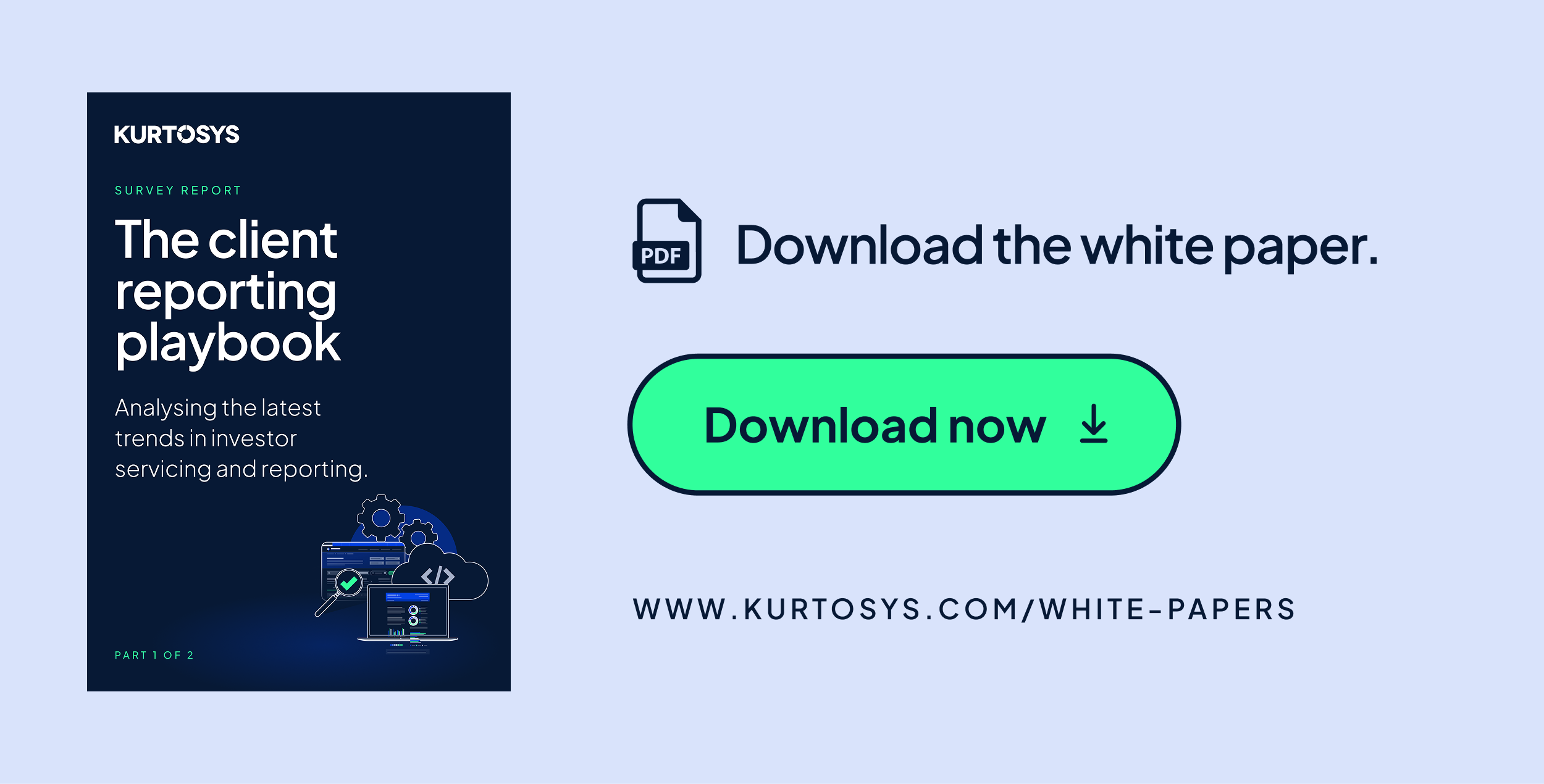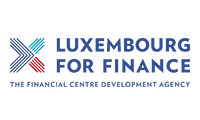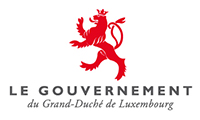The Future of Client Reporting in Asset Management
Investors no longer settle for generic reports. They want insights that are tailored, timely, and easy to digest — delivered exactly how and when they want them. A new survey of 65 global investment managers shows the old reporting playbook is outdated. Firms that prioritize clean data, automation, and personalized digital experiences are now leading the race. Patrick McKenna, CCO at Kurtosys, discussed the findings from their survey.
- Why did Kurtosys launch this survey, and what makes its timing so crucial?
We launched this survey to explore how investment managers are navigating the evolving demands of client reporting. While reporting has always been a key part of client servicing, it’s clear that expectations around delivery, personalisation, and digital access are shifting. With so many firms re-evaluating their technology stacks and client engagement strategies, we felt it was the right time to gather fresh insights from the market.
The timing is particularly relevant. There’s growing momentum around enhancing the digital experience, making reporting more dynamic, and leveraging data more effectively. At the same time, advancements in AI and automation are opening new possibilities for how reporting can be created and delivered.
Our goal with this survey is to better understand how firms and the individuals responsible for delivering these reporting experiences are responding to these trends—what’s working, what’s challenging, and where the opportunities lie.
- What was the core objective behind surveying 65 global investment managers?
Our core objective was to gain a better understanding of how firms are approaching client reporting in today’s environment. A cross-section of perspectives spanning geographies, firm sizes and reporting models shows how organisations are adapting to shifting client expectations and technologies.
- Has the era of “one-size-fits-all” reporting finally ended?
Our findings strongly suggest that it has and only 8% of respondents noted that they provide full customisation. Clients expect a degree of customisation in their reports, whether it’s content, format or delivery. However, the ability to deliver this customisation isn’t always straightforward. Only 41% of respondents can accommodate data-based customisations and calculations without the assistance from IT and other departments, creating bottlenecks and slowing down delivery.
The challenge here is operationalising customisation. Firms need solutions that make it easier for client-facing teams to respond to bespoke requests quickly.
- What are the top drivers behind customisation, and why does data come first?
Customisation is only as effective as the data that supports it. From our survey, it’s clear that data remains a persistent obstacle—75% of respondents still face monthly issues with data quality. When the foundation is shaky, even the most well-designed reporting frameworks struggle to deliver consistent, tailored outputs.
The need to consolidate data sources has become imperative, which is why 20% are already using cloud data warehouse solutions such as Snowflake to manage their data and 30% of those are seeing measurable improvements in their data quality.

- How widespread are data quality issues, and what’s being done about them?
Data quality issues remain a widespread and persistent challenge across the investment management industry. Our research shows that these problems aren’t confined to a single issue—they stem from a mix of market data inconsistencies, internal system limitations, vendor-related discrepancies, and manually calculated figures. For client reporting teams, this creates a fragmented data landscape that’s difficult to manage and even harder to trust.
These issues often surface downstream, affecting the accuracy, timeliness, and customisation of reports.
- What’s causing most delays and errors in client reporting today?
The biggest contributors to delays and errors in client reporting are manual processes and a lack of automation. When reporting workflows rely heavily on human intervention—whether for data gathering, formatting, or calculations—the risk of inconsistencies and mistakes increases significantly.
- What does “future-ready” client communication look like?
Future-ready client communication is all about flexibility, accessibility, and choice. As expectations evolve, investment managers need to adopt an omnichannel approach—delivering reports in a way that suits each client’s preferences.
Email remains a dominant channel, with 43% of asset owners still requesting reports this way. Another 43% now expect to access their reports via secure, customised portals—reflecting a growing demand for more interactive, self-service experiences.
Being future-ready means supporting both. It’s not about replacing traditional methods but enhancing them with digital delivery options that are secure, branded, and user-friendly. Firms that invest in flexible distribution models will be better positioned to meet clients where they are—and adapt as those preferences continue to shift.
- What are the big takeaways for firms looking to improve their investor reporting?
Exceptional investor experiences begin with a solid data foundation. Getting the basics right — clean, connected, and accessible data — sets the foundations for everything that follows. From there, the ability to deliver timely, accurate, and personalised reporting becomes a powerful differentiator.
Today’s investors demand more: insights that are not only accurate but tailored to their unique needs and easy to explore. By automating reporting workflows, firms can reduce operational risk, eliminate manual processes, and free up teams to focus on what matters most — delivering insight and driving impact.
Compelling visuals, intuitive dashboards, and responsive delivery across devices are no longer optional — they’re expected. With the right tools and trusted partners, firms can transform raw data into actionable intelligence and ensure a seamless digital experience for every investor.
It’s about delivering the right information, in the right format, at precisely the right moment.
- What’s next in the evolution of client reporting, and how can firms prepare?
As investor expectations continue to evolve, client reporting is shifting to a more dynamic, digitally-led experience. For investment managers, delivering reports with immediacy, accuracy and interactivity becomes the challenge. From our research, there are some clear trends identified globally.
We would be remiss to not talk about the evolution of AI, and investment managers are clearly taking hold of this trend. In our research, we have found that 45% of respondents are working for organisations that “encourage its use” while a further 38% are “open to its use.” These trends are primarily adopted when generating basic analytics, generating commentary and translations.
The adoption of customised client portals is gaining traction. These platforms offer investment managers a scalable way to deliver tailored experiences. Yet despite this, many firms still rely on manual processes: 14% of managers compile email reports manually, and only 32% have fully automated distribution. The gap between expectation and execution remains clear — but so does the opportunity.
These insights are drawn from a joint white paper by Adox Research and Kurtosys, based on a global survey of 65 investment management firms.







